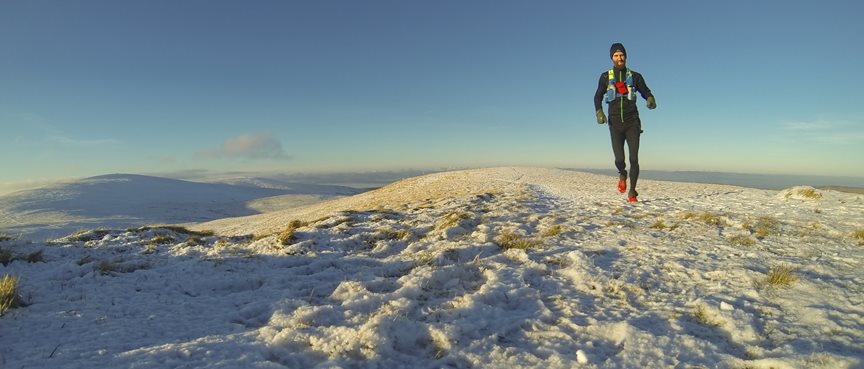Last updated: 17-Aug-15
Written by Sports Dietician Rin Cobb
With the recent heatwave, it’s no wonder the topic of hydration has been on the tips of our tongues. Of course, whilst many us will be thanking the sun gods, increased temperatures at home or on a race abroad can bring their own challenges for runners. A personalised fluid plan can help you stay topped up.
Getting the balance between preventing dehydration and over-hydration is key, but needs to be individual to you. We all know how dehydration can affect our running performance. Our minds become foggy making the simplest decisions and tasks more like solving something from the Krypton Factor. We feel more lethargic as our body is unable to transport energy and other vital nutrients efficiently. We can also get the classic dehydration signs of nausea and headaches. More severe dehydration can lead to heat illnesses, which will not only put an end to your race, but can be life threatening too.
Over-hydration on the other hand, whilst not common, can also have severe consequences. It dilutes levels of sodium in the blood, referred to as hyponatraemia. Those more at risk, appear to be smaller individuals who run slower, sweat less and drink water heavily before, during and after a distance race such as a marathon. With these in mind, figuring out a fluid plan which meets your own needs can be a useful tool to have in your running toolkit (or perhaps that should be lunchbox).
So here are some tips to get you started.
1. How much?
Knowing your own sweat rate can be helpful in figuring out how much you need to drink during a run. One way to do this is to weigh yourself before and after a training run taking into account any fluids drunk. For simplicity I’d suggest doing this just over an hour without fluids and the weight change reflects your hourly fluid loss or sweat rate e.g. 0.1kg = 100mls. Just remember air temperature and training intensity will affect your sweat rate, therefore this will only give you an indication of fluid needs under those conditions. So, where possible, you need to repeat under different training conditions. This is why some find a heat chamber useful if preparing for a race in hotter climes. An easier way to measure how hydrated you are on a daily basis, or during a race, is to check the colour of your pee aiming for a light straw colour.
2. Timing
Always start running well hydrated using the pee-o-meter as an indicator. Rather than downing pints of water on the morning of your run, aim to hydrate properly the day before as the gut can only absorb so much per hour and you’ll just feel bloated and pee out the rest. Post run you should start to replace fluids as soon as you can, approx. 1.5 times losses to compensate for additional urine losses.
If you’re doing a multi-day race, fully rehydrating between stages can be more challenging. It’s important to stay on top of this both during and after each day, not just through fluid volume, but also by consuming drinks and foods with added salt.
3. Type
Any fluid, barring alcohol I’m afraid, can help meet your daily fluid needs, even tea and coffee if not drunk to excess. When it comes to running, water is perfectly sufficient for low intensity or short runs but as the temperatures rise and we sweat more, or for those longer runs, you may want to consider electrolytes. Salt in the form of sodium is the main electrolyte we lose through sweating, which again is highly individual and quite difficult to measure but if you find your dark running kit is left with white patches after a good run, this could indicate you’re a high salt loser. There are an abundance of electrolytes on the running market from tablets to drops but there are other options too. Sports drinks with added electrolytes will also provide carbs for fuel so can tick several boxes. There are also salty foods, which you may use as snacks during long runs or for that post race meal. Consuming sodium through food and drink not only helps to replace losses but also stimulates thirst which in turn encourages you to drink more and thus helps you meet your fluid needs.




